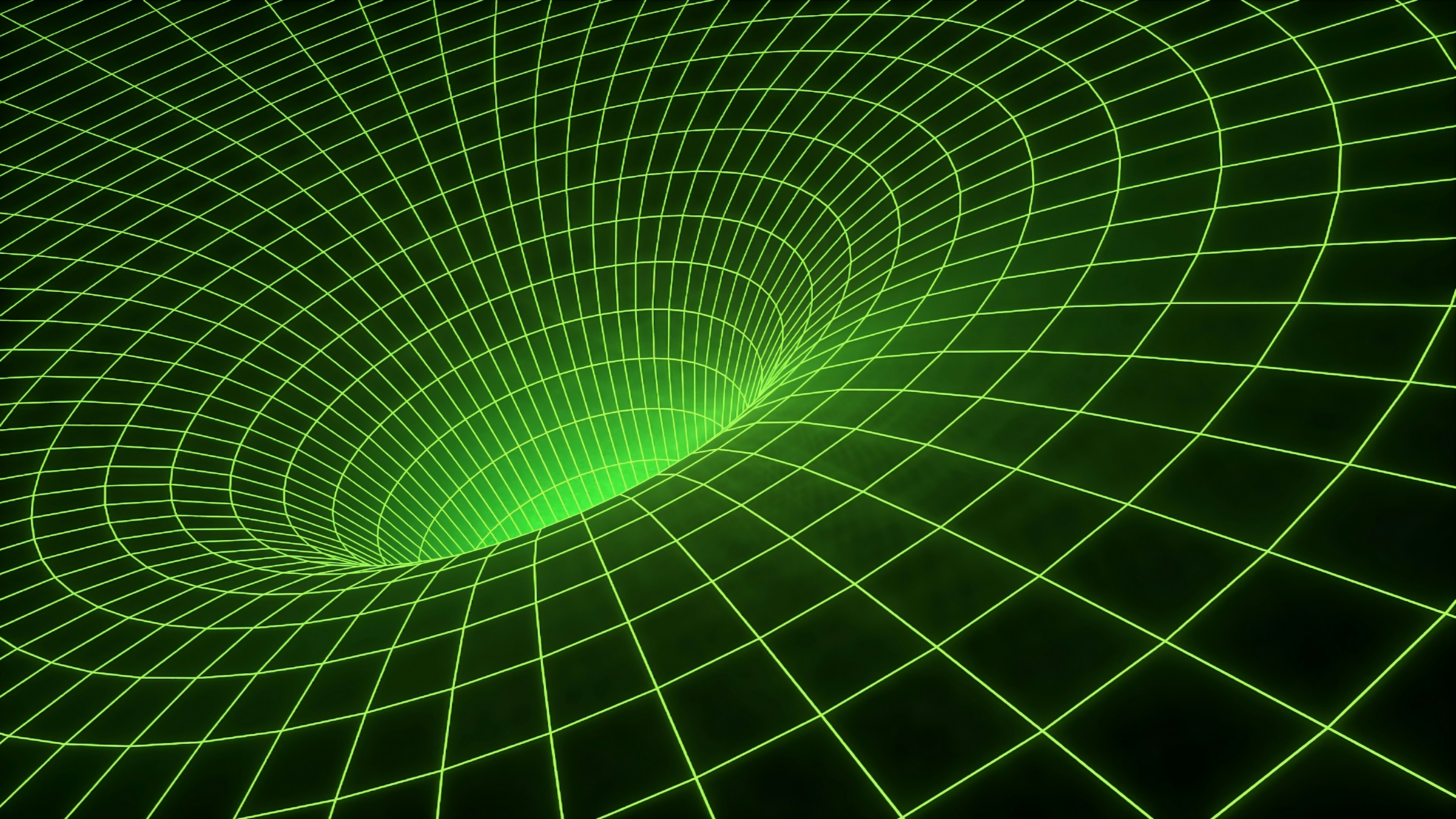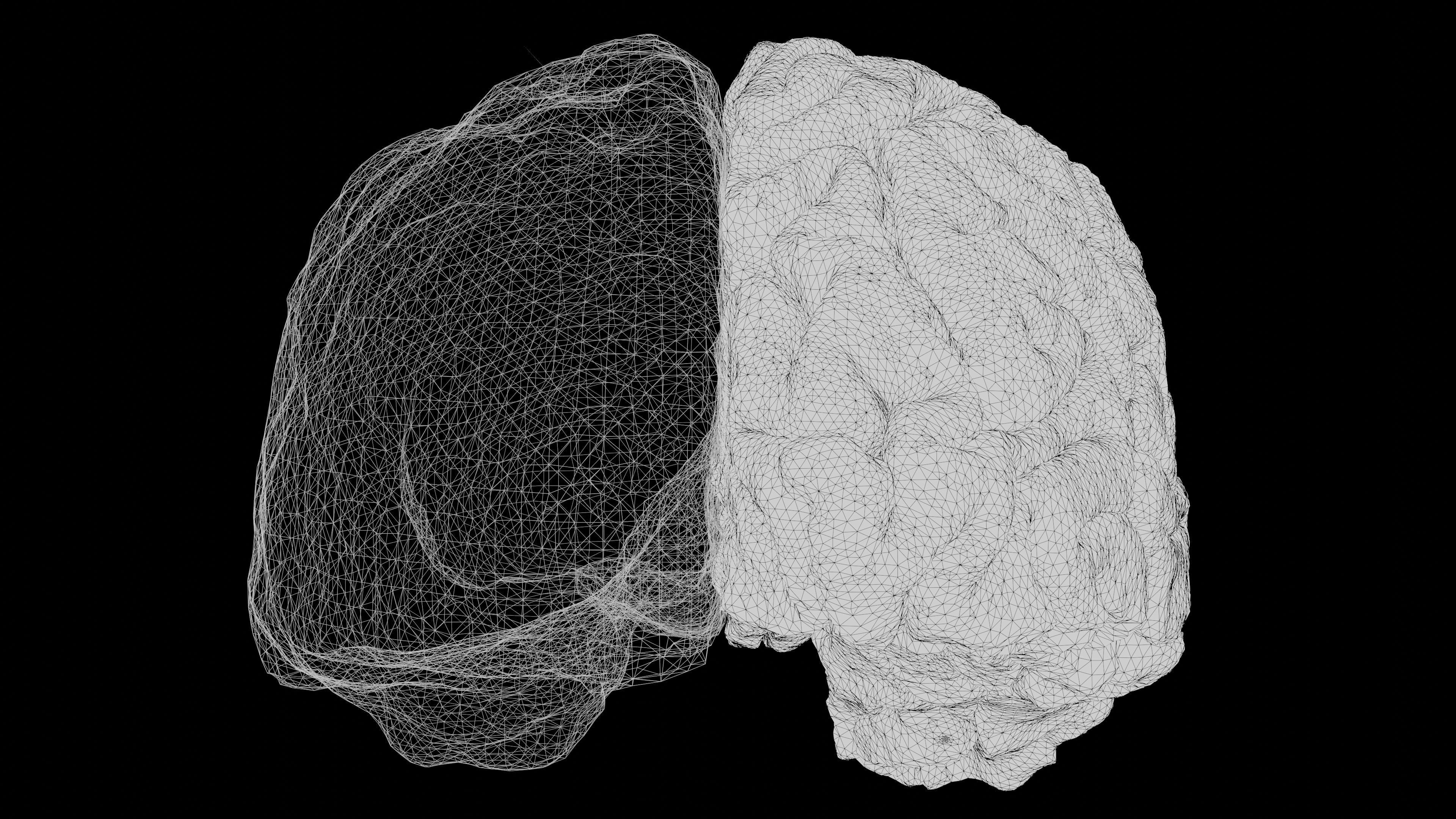Mood & Flavor: Use Color Theory to Evoke Emotion in Photography
Capturing a photograph is not just about snapping the shutter; it’s about weaving a narrative that resonates with the viewer. One of the most powerful tools in this artistic endeavor is color theory. Utilizing color to evoke emotional responses can transform a flat image into a captivating story. Whether you're a seasoned photographer or just beginning, grasping the nuanced relationship between color and emotions will elevate your visual storytelling to new heights.
The Power of Color in Photography
Colors speak loudly, often communicating feelings faster than any word could. The psychology of color is fundamental in photography, influencing the way viewers perceive and feel about images. For example, warm colors like reds and yellows can evoke excitement, passion, and happiness, while cool colors such as blues and greens might convey tranquility, peace, or melancholy. Understanding these associations allows photographers to manipulate moods effectively.
For a deeper dive into the emotional influence of your photographs, you may want to explore resources like Harvard Business Review which outlines how color psychology extends beyond images and into branding and marketing.
Color Theory Basics: Understanding the Color Wheel

The foundation of using color effectively starts with the color wheel. Artists and photographers have used this tool for centuries to understand color relationships. Colors can be classified into three categories: primary, secondary, and tertiary.
- Primary colors (red, blue, yellow) serve as the building blocks for creating other colors.
- Secondary colors (green, orange, purple) are created by mixing primary colors.
- Tertiary colors arise from the combination of primary and secondary colors and provide more complexity in imagery.
Alongside these classifications, color harmony is crucial. Complementary colors (opposites on the wheel) create vibrant contrasts, while analogous colors (adjacent on the wheel) offer a softer, more cohesive aesthetic. Choosing the right color combinations can enrich your photographic compositions immensely.
Capturing Emotion Through Color Choices

-
Red: Often associated with passion, energy, and danger, red grabs attention. It can be used powerfully in portrait photography to evoke strong emotions. A photograph drenched in red can unleash fervent feelings, whether it's a romantic portrait or a dramatic street scene.
-
Blue: This color brings a sense of calm and serenity. It’s often used in landscape photography to convey peacefulness, especially during dawn or dusk. A tranquil blue sky can heighten the emotions of your images, inviting reflection.
-
Yellow: Symbolizing happiness and optimism, yellow can invigorate images. Bright yellow flowers or sunrises can uplift viewers and create a sense of joy. When shooting food, yellow tones can suggest health and freshness, driving engagement.
-
Green: This color represents growth and renewal, making it powerful in nature photography. Lush greens in your pictures can evoke a sense of vitality and connection to nature.
-
Black and White: While often overlooked when discussing colors, the absence of color can be equally powerful. Black and white photography emphasizes light, shadow, and composition, stripping away distractions to highlight raw emotions.
By consciously playing with these colors, you will be able to deliver varied emotional flavors through your photos.
Practical Tips for Implementing Color Theory

1. Color Palette Planning

Before shooting, plan the color palette of your scene. Consider not just what colors are present in your setting, but also how they will work together. Using a color picker app can help you decide which hues will complement or contrast.
2. Editing the Colors Post-Shoot

Editing can greatly enhance emotional impact. Familiarize yourself with editing software such as Adobe Lightroom or Photoshop, where you can adjust color balance. This way, you can ensure the colors in your final composition align with the emotion you want to evoke.
For more on editing techniques, check out our post on the emotional power of color grading in photography.
3. Lighting and Color Relationships

Natural light plays a significant role in how colors are perceived. Golden hour gives a warm glow that can add romantic tones to your subjects. Similarly, overcast days can flatten colors but can also bring out rich textures and details, making your images intriguingly dynamic.
4. Experiment with Color Infusions

A more daring method for emotional engagement is applying colors through various means. Whether it's clothing, backgrounds, or props, bringing specific colors into your shots can trigger emotional responses.
For food photography, for example, colorful garnishes or vibrant plates can make dishes more appealing, pulling the viewer in.
5. Watch Out for Cultural Significance

Colors can carry different meanings across cultures, adding yet another layer to emotional interpretation. For instance, white is traditionally worn at weddings in Western cultures but is associated with mourning in some Eastern cultures. Being aware of these nuances can prevent misinterpretations in your work.
Advanced Techniques: Unconventional Color Use

While traditional color theory lays a solid foundation, stepping beyond these boundaries can yield surprising results. Photographers are increasingly drawn to unconventional techniques such as infrared photography, where colors are represented in unexpected ways. This transformation can spark imaginative interpretations and potent emotional responses.
Discover more about this fascinating technique in our resource on infrared photography.
The Emotion-Driven Portrait: Using Color in Portrait Photography

Color plays a critical role in portrait photography. The right color choices not only complement the subject but also hint at their personality and mood. Warm tones can exude friendliness; cooler tones can render seriousness.
Think about the clothing your subjects wear and the backgrounds you choose. Bold colors can make portraits pop and evoke feelings of confidence and vigor, while muted tones can create an intimate, introspective feel.
Using Color Theory in Landscape Photography

In landscape photography, capturing the mood often relies on the natural palette represented in the scene. A vibrant sunset can paint the sky with an array of colors, evoking awe and wonder. By understanding the psychological implications of your landscape's colors, you optimize the emotional response of anyone viewing your work.
When exploring the urban landscape, consider using color strategically to highlight loneliness amidst busyness or vibrancy in nightlife. The interplay between colors in the city's architecture can narrate unique stories.
To further augment your work, investigate our article focusing on the emotional connection created through soundscapes in urban life as well, available at this link.
Color Theory in Product Photography
If your focus is on product photography, selecting the right colors isn’t just an artistic choice; it can boost sales. Colors can subtly influence a consumer's perception of your brand and product. For instance, food packaged in vibrant, cheerful colors often invokes appetites and a sense of freshness.
Highlight products using backgrounds or props that contrast against the main item to draw attention effectively. Understanding color dynamics will create themes that resonate well with your target audience.
Final Thoughts: Implementing Color Theory in Your Work
Color theory is more than just a guide; it’s a vital ingredient in captivating storytelling through photography. Each hue has a voice and can evoke distinct emotions, creating a tapestry that resonates with viewers. As a photographer, your task is to harness these colors, use them thoughtfully, and allow them to enhance your narratives.
Start experimenting with your color choices, be it in selecting your subject's wardrobe, the scene you want to capture, or during the editing stage. As you delve deeper into the fascinating interplay of color and emotion, you’ll find yourself weaving richer narratives that speak directly to your audience.
For further exploration into capturing emotions through innovative techniques, don’t miss our insights on enhancing photography with color theory and gear.
Make the most of every pixel and every color in your creative journey; the emotional landscapes you build will enhance not just your photography but also how your audience engages with your art.




